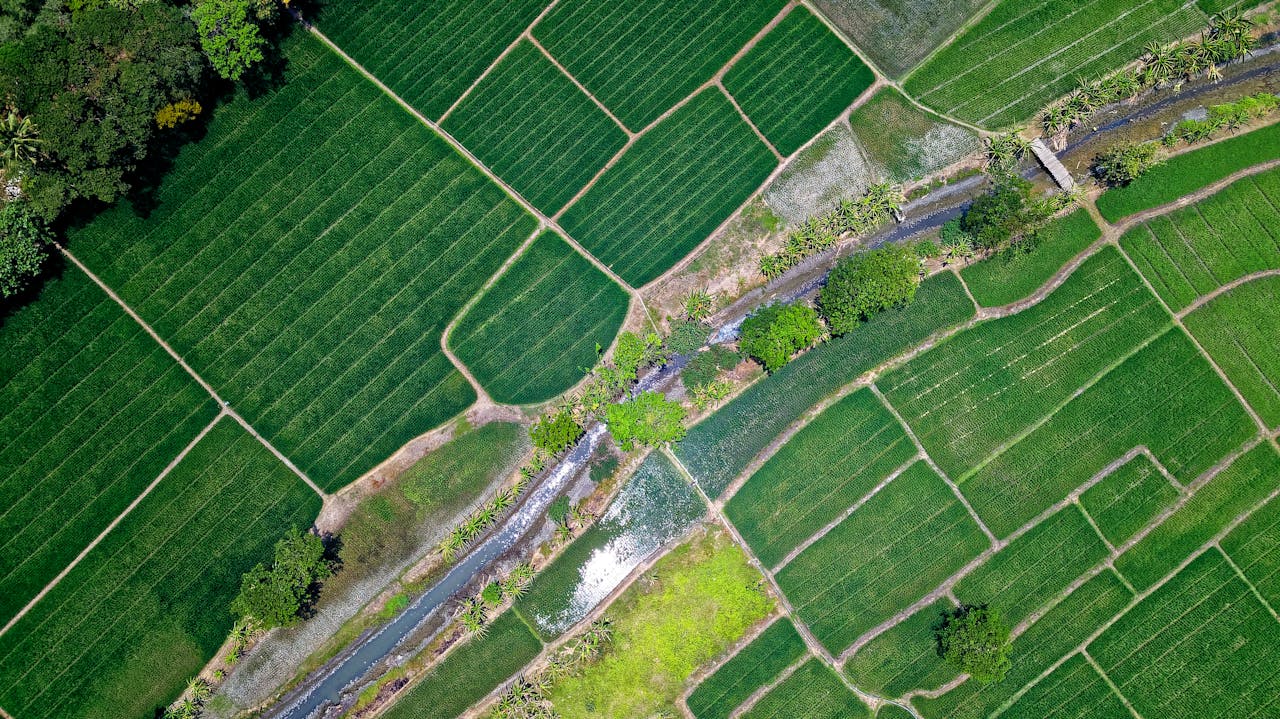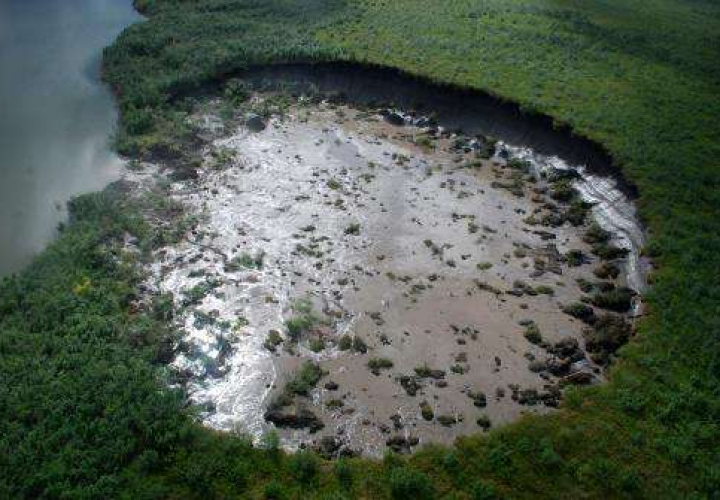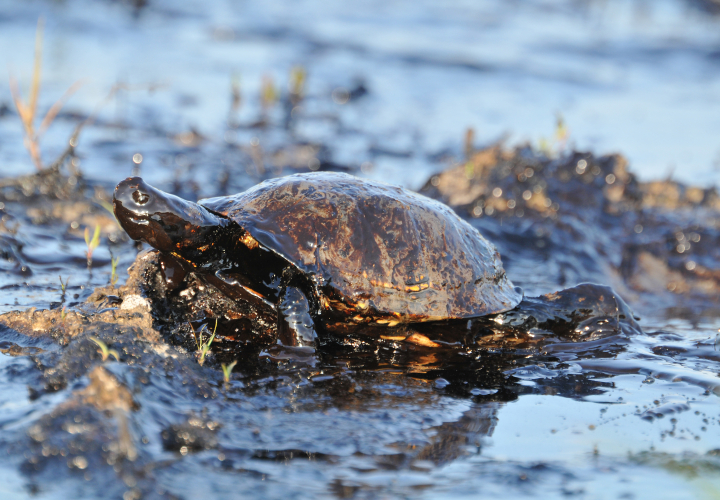
The Role of Sustainable Agriculture in National Climate Resilience
As countries wrestle with climate change's impact, they're finding that the key to weathering this storm is sustainable agriculture. Have you noticed how nations practising eco-friendly farming are not just surviving but thriving? They're standing up to Mother Nature's mood swings and securing their food supplies at the same time.
Take California, for instance—it’s like a masterclass in drought defence! Farmers have become pros at using less water for more crops—think precision drip irrigation, reusing every last drop of H2O, and growing tough-as-nails plants that don't mind going thirsty. This isn’t just smart farming; it’s about keeping those fields green when things get dry.
Then look across the pond to Germany. Talk about trailblazers — they’ve gone all-in on organic farming through policy push-forward! What’s blooming as a result? We’re talking diverse ecosystems and super soils equipped with natural flood guards (and an added bonus: shrinking carbon footprints from farm-fresh eats). Isn’t it amazing what happens when we give nature a high-five instead of turning our backs?
The Netherlands, famous for its advanced farming strategies, has toughened up through high-precision agriculture and crafting “climate-proof” crops ready to take on unpredictable weather shifts. Their strategy shows how the latest tech can complement eco-friendly farming.
In Kenya, they're partnering with local communities to bolster climate resilience via green agricultural practices. Agroforestry and conservation-farming methods are empowering growers there to ride out the storms of climate change while boosting their income.
Case Studies on the Triumphs of Reforestation in Urban Areas
Urban reforestation is where greening our cities and reshaping urban development collide. Peek at case studies from across the world, and you'll see both wins and hurdles in this field, giving us a taste of what cityscapes might look like down the road.
Take Seoul's Cheonggyecheon stream for instance – it’s remarkable how urban greenery can revitalize a space! What used to be just an overpass has been transformed into a bustling park with indigenous trees decorating a revived waterway. This spot doesn’t just clean up the air; it’s also become a sanctuary that celebrates nature right in the heart of hectic city life.
Down in Melbourne, Australia, there's a cool plan called the Urban Forest Strategy. What's it all about? Well, they're looking to beef up the city’s blanket of tree tops so that sizzling heat island vibe gets toned down a notch. Diversity is key for them; by mixing up their tree selection, Melbourne aims to toughen its leafy streets against pesky bugs and diseases—and yeah—those wild climate swings.
Over on the West Coast in Los Angeles, they kicked off this big thing—the Million Tree Initiative. It showed us what can be done with urban greenery but also threw some tricky hurdles our way like making sure those trees stick around and getting folks involved was tougher than expected. Still, it set a solid foundation for tomorrow’s greening guerrillas by shining a spotlight on just how crucial upkeep and community spirit are in these projects.
How Forest Conservation Initiatives are Shaping Rural Sustainability
Caring for our forests is key to keeping rural areas thriving, it's the bedrock of both a healthy environment and economic prosperity for local folks. Let’s dive into how this all plays out, shall we? Picture the lush Appalachian woods in the US—thanks to sustainable forestry practices, not only are these green giants being safeguarded but also fuelling small-town economies with eco-friendly travel adventures and carefully managed wood harvesting. It's about striking that sweet spot where we use nature without abusing it.
Ever heard about Nepal’s community forests? They’re proof that when locals get a say in woodland management, magic happens: healthier trees, better jobs right at their doorstep, and everyone coming together like never before.
Down in the Brazilian Amazon, there's a real push to balance keeping forests untouched with what rural communities need. Think of programs like the Amazon Fund—they're handing out cash perks for leaving those trees standing tall. It's all about crafting a win-win: nature stays lush and folks get to prosper.
Ever hear about Madagascar? Over there, they've got conservation tied up with how country farmers make their living. By cheering on sustainable ways to grow vanilla and cacao, these initiatives offer a smart swap for that rough old slash-and-burn method—a big no-no because it wipes out forests like nobody’s business.
Unpacking the Nuances of Agriculture Policies on Local Ecosystems
Aiming to crank up the yield and back our farmers, agricultural policies sure pack a punch on nearby nature spots. Let's dig deep into these rules' fine print—gotta get why they shake things up in Mother Nature's neck of the woods.
Take Brazil: They've drawn a line with their Soy Moratorium, saying “no way” to soy deals from freshly chopped Amazon turf—it's their bold move to split farming growth from messing with nature. Props for making headway! But hang on—is anyone actually keeping tabs? And what if all that tree chopping just skips over somewhere else?
Gazing northward, Uncle Sam’s got his own play book—the Conservation Reserve Program (CRP). It nudges growers to bench those fragile fields from going under the plow. Thanks to it? We're talking comeback stories for quiet little ecosystems where critters can crash peacefully and rivers run cleaner.
Down in New Zealand, there's this thing called the Resource Management Act that monitors how natural resources are used—think farmland and all. Making sure freshwater ecosystems don't get mucked up by farm run-off is a big part of it, which has been huge for keeping those famous rivers and streams looking picture-perfect.
Over to Vietnam's rice fields: They're adopting smarter ways to tackle pests, like integrated pest management (IPM), cutting back on pesticide sprays. This switch means not only are their local environments thriving, but also farmers aren’t facing as many health hazards any more. It just goes to show that with the right policies, you can really make things better for both nature and people’s well-being.






Terms & Conditions
Subscribe
Report
My comments